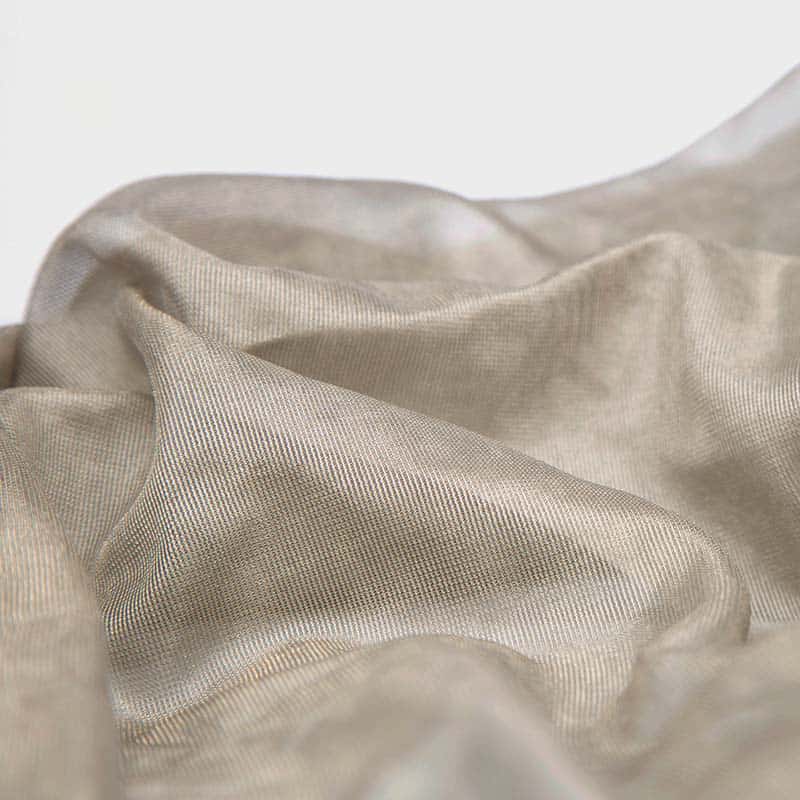EMF Block Paint in addition to EMF Shielding

emf blocking if you live in an apartment or house, or you just need to ensure that your house is free from EMFs, there are a number of ways you can reduce exposure. One of the easiest is to limit the use of electronic devices. You could also consider EMF block paint to prevent EMF radiation from entering your home. Another way to shield your house from EMF radiation is to put up a RF shielding canopy. It's a kind of net that contains EMF shielding and is used to block EMFs from entering rooms. Another option is to have your home fitted with an enclosure that is conductive. These enclosures are known as Faraday cages.
Numerous studies have demonstrated that the non-ionizing RF EMF has anti-proliferative effects on HCC cells. The mechanism behind AM RF EMF's anticancer activity in vitro is believed be based on the downregulation of cancer stem cells. This could explain the long-term responses seen in certain patients suffering from advanced HCC. However, the mechanism of AM EMF's effects on cancer patients is not evident.
Aspects of AM electromagnetic fields (RFEM) on HCC tumour growth in vivo were examined in mice. The tumors were classified into 3 groups. First, the group that was unaffected RF EMF. Another group of participants was subjected to RF EMF at frequencies similar to that of humans. The third group was exposed to RF EMF at HCC-specific modulation frequencies. The impact of HCCMF on tumours was evaluated against that of RCF. emf blockers indicated that tumours treated with HCCMF showed significant shrinkage. However, the tumours treated with RCF showed no evidence of shrinkage of the tumor.

The mechanism of cancer-specific AM RF EMF might be driven by the fact that tumour cells require Cav3*2 type voltage calcium channels for their proliferation and down-regulation. AM RF EMF's ability to inhibit proliferation upon HCC cells is mediated through CACNA1H which is a protein which is responsible for the influx of Ca2+ specific to tumours. The results indicate that CACNA1H could have wider implications in the diagnosis and treatment of a variety of cancers.
The tumours in those in the group that were unaffected RF EMF, and were fed a standard mouse diet. The tumours in HCCMF HCCMF group were injected with Huh7 cells when they were 5 to 7 weeks old. The tumours were then euthanized in cases of excessive burden.
The tumors in the three groups also showed distinct growth curves. emf blocking treated with HCCMF saw a significant decrease in tumour size after 8 weeks. However, tumors treated with RCF didn't show shrinkage. The difference was significant. The tumours treated with RCF were able to show necrosis that is common in tumors that have been exposed to RCF. There is a possibility that the necrosis was due to a lack of oxygen in the more invasive cancers.
In sum, the results indicate the fact that AM EMF exhibits anticancer effects in vitro and in live. Several studies have shown that AM RF EMF produces measurable reduction in tumours for HCC patients. It is possible that AM RF EMF produces these effects due to CACNA1H which is a protein involved in tissue-specific Ca2+ influx. Furthermore, AM RF EMF may exert a sustained impact on the growth of HCC tumours in living tissue.
